Tips for Growing Elephant Ear Plants in Containers
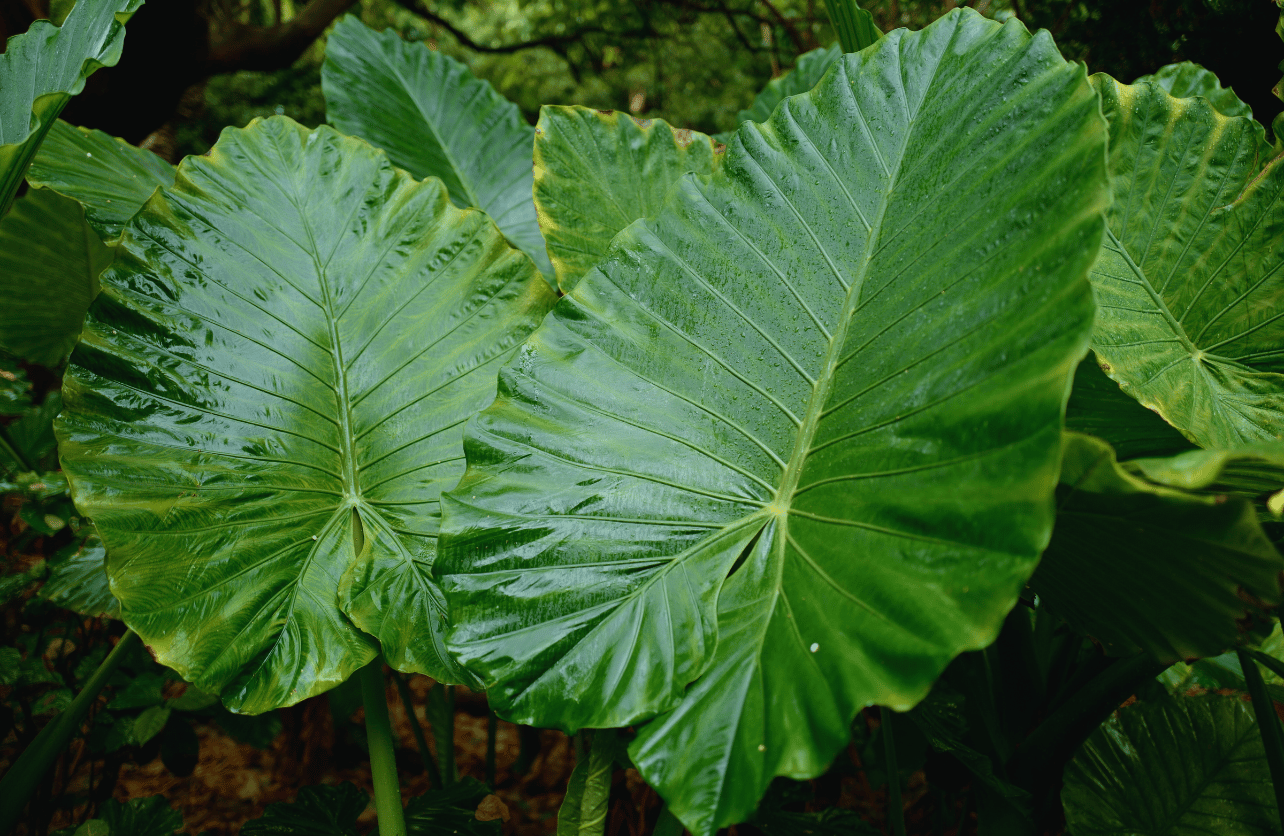
Elephant ear plants are known for their impressive, large leaves and tropical appeal, making them a popular choice for gardens and landscapes. But did you know that these stunning plants can thrive just as well in containers? Growing elephant ear plants in containers allows you to bring a touch of the tropics to patios, balconies, or small gardens. It also offers more control over soil conditions, portability, and even overwintering.
Choosing the Right Container
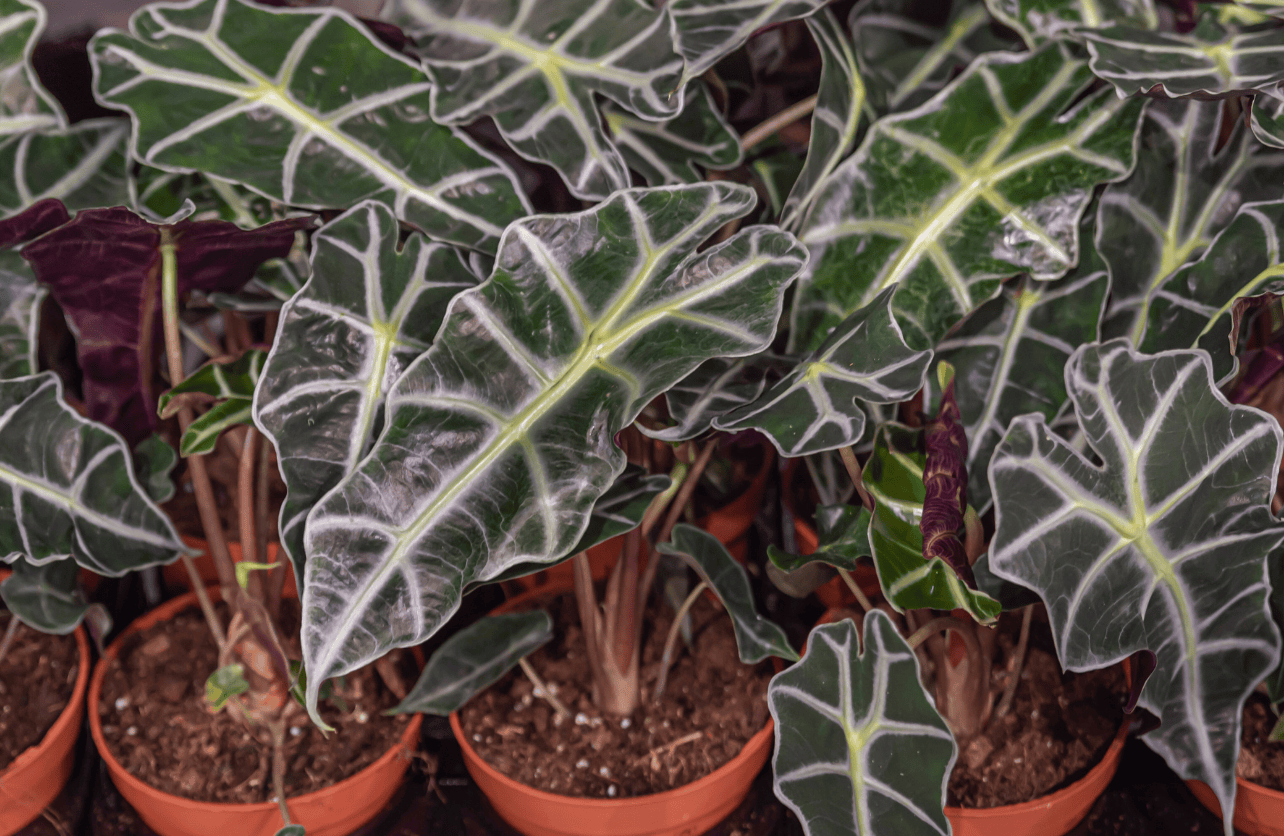
When growing elephant ear plants in containers, size matters. These plants can grow quite large, with some varieties reaching heights of 4 to 6 feet, so you’ll need a pot that can accommodate their size and provide room for their roots to spread.
- Size: A container with a minimum diameter of 18-24 inches is recommended, especially if you’re growing larger varieties like Colocasia or Alocasia. Make sure the pot is deep enough (at least 16-20 inches) to allow the roots to develop fully.
- Material: While any material works, keep in mind that ceramic or plastic pots retain moisture better, which is crucial since elephant ear plants love water. However, avoid pots that are too heavy if you plan to move them around or bring them indoors during the winter.
- Drainage: It’s essential that the container has good drainage holes. While elephant ears love moisture, they don’t do well with waterlogged roots. Without proper drainage, the plant can suffer from root rot.
Choosing the Right Soil
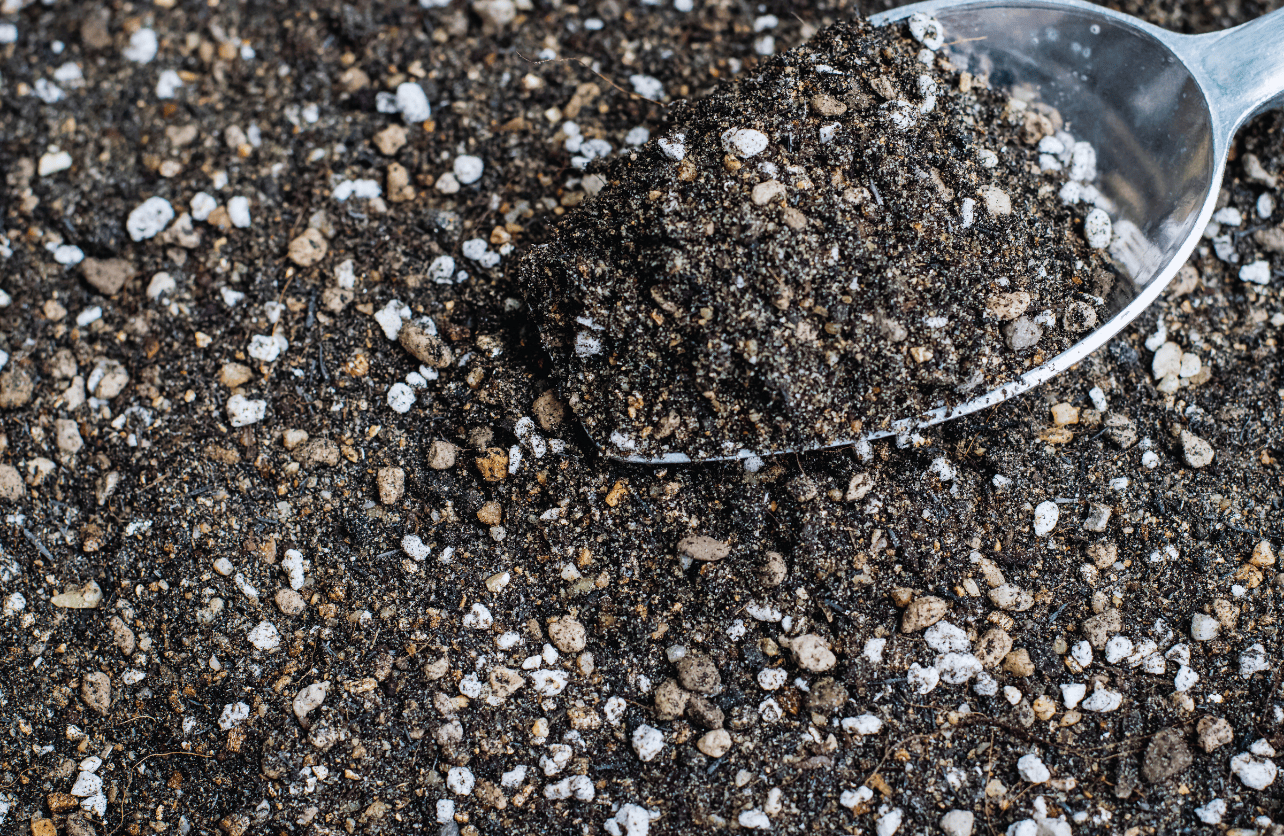
Elephant ear plants thrive in soil that is rich, well-draining, and retains moisture. Since containers tend to dry out faster than garden beds, it’s crucial to find the right balance between moisture retention and drainage.
- Soil mix: Use a high-quality potting mix with organic material like compost or peat to provide nutrients and improve moisture retention. You can also add perlite or sand to ensure the soil drains well, preventing the roots from sitting in water for extended periods.
- Fertilizer: To give your elephant ear plants a good start, mix in a slow-release fertilizer at planting time. Since these plants are heavy feeders, continue fertilizing every few weeks during the growing season with a balanced, water-soluble fertilizer. A nitrogen-rich fertilizer can help promote healthy leaf growth, which is important for this foliage-focused plant.
Planting and Watering
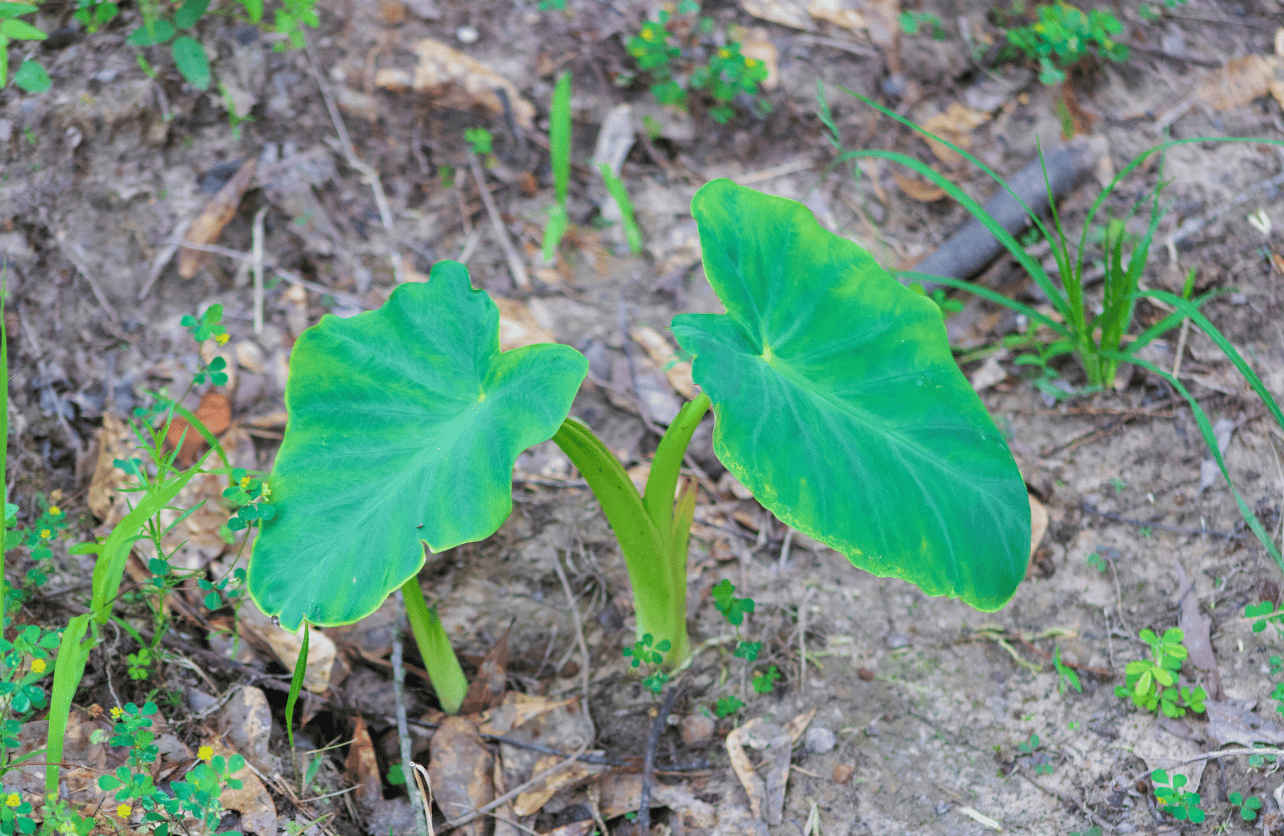
Once you’ve selected your container and soil, it’s time to plant your elephant ear tuber or transplant a young plant into the container.
- Planting depth: If you’re planting from a tuber (the bulb-like root system of the elephant ear plant), make sure to plant it about 2-3 inches deep with the pointed end facing upwards. Cover it with soil and water thoroughly.
- Watering: Elephant ear plants thrive in moist conditions, so be prepared to water them frequently, especially during the warmer months. Keep the soil consistently damp but not soggy. If you live in a dry climate or are growing your plant indoors, you may need to water daily. Check the soil by sticking your finger in; it should always feel slightly moist. Adding a layer of mulch on top of the soil can help retain moisture.
Light Requirements
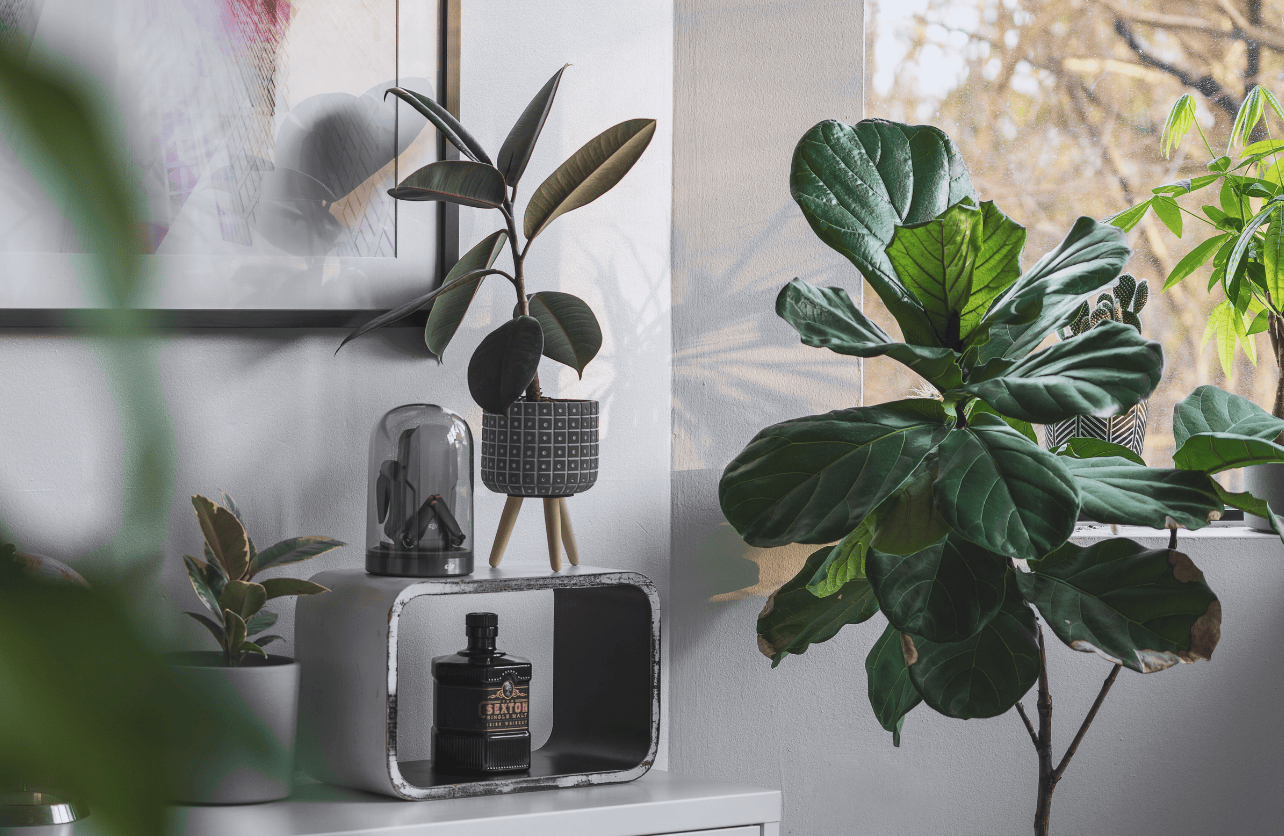
Elephant ear plants prefer bright, indirect light but can tolerate partial shade, which makes them adaptable to different environments. If you’re growing them in containers, this flexibility is beneficial since you can move the pot around to find the best lighting conditions.
- Outdoor light: Place your container in an area where the plant will receive plenty of bright, indirect light. Some varieties of elephant ear plants, particularly Colocasia, can handle full sun as long as they are kept well-watered. However, if the leaves start to yellow or scorch, try moving them to a slightly shadier spot.
- Indoor light: If you’re growing your elephant ear plant indoors, place it near a bright window but out of direct sunlight. Too much direct sun indoors can cause the leaves to burn. Consider rotating the container periodically so all sides of the plant receive light evenly.
Fertilizing Your Container-Grown Elephant Ear Plant
Since elephant ear plants are heavy feeders, regular fertilization is key to keeping them healthy and growing those signature large leaves.
- Frequency: Fertilize every 2-4 weeks during the growing season, typically spring through summer. Use a water-soluble, balanced fertilizer with equal parts nitrogen, phosphorus, and potassium (e.g., 10-10-10 or 20-20-20).
- Adjusting for growth: If your elephant ear plant is growing particularly fast or its leaves are getting enormous, you can reduce the frequency of fertilization to prevent overfeeding. Alternatively, if growth seems slow, consider increasing the frequency slightly or switching to a fertilizer higher in nitrogen.
Maintaining Humidity
Elephant ear plants love humidity, which can sometimes be a challenge if you’re growing them in containers, especially indoors or in dry climates.
- Outdoor plants: Elephant ear plants will thrive in naturally humid outdoor conditions, but if you live in a dry area, consider misting the leaves or placing a tray of water near the plant to increase humidity.
- Indoor plants: If growing indoors, you can use a humidifier near the plant or mist the leaves regularly. Grouping your plant with other humidity-loving plants can also help create a more humid microclimate.
Overwintering Your Elephant Ear Plant
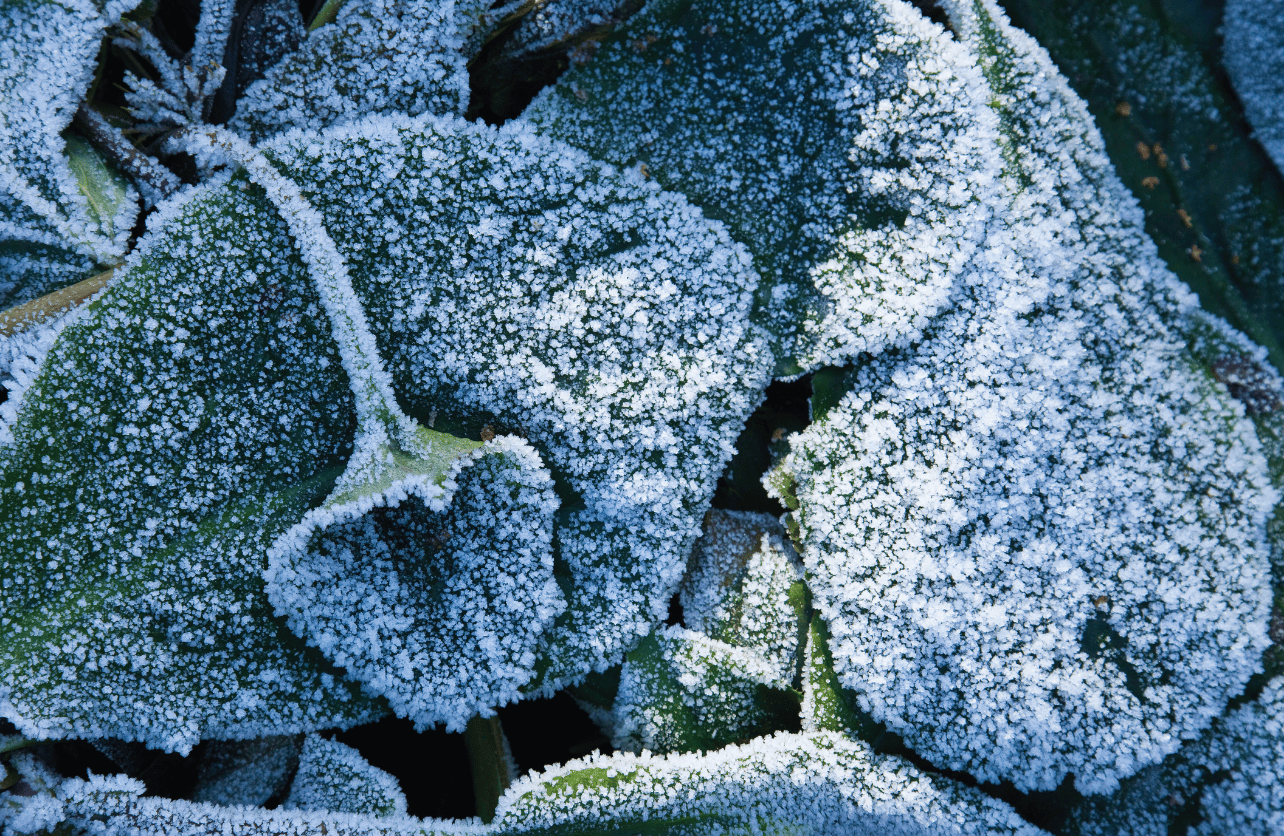
Elephant ear plants are sensitive to cold, so if you live in a climate with frost or temperatures below 50°F, you’ll need to bring your container-grown plant indoors for the winter. Alternatively, you can dig up the tubers and store them for the cold season.
- Indoor care: Move the plant indoors before temperatures drop too low and place it in a bright location. Reduce watering and stop fertilizing to allow the plant to go dormant.
- Storing tubers: If you prefer to store the tubers, dig them up once the leaves die back in the fall. Clean off any soil, let them dry, and store them in a cool, dry place, such as a basement or garage, wrapped in paper or placed in a container filled with dry peat moss.
Final Thoughts
Growing elephant ear plants in containers is a great way to bring their bold, tropical beauty to spaces where garden beds aren’t available. With the right container, soil, and care routine, these plants can thrive and make a stunning statement in your home or outdoor area. Just be prepared to water them regularly, give them ample light, and provide the right nutrients, and your container-grown elephant ear plants will flourish.